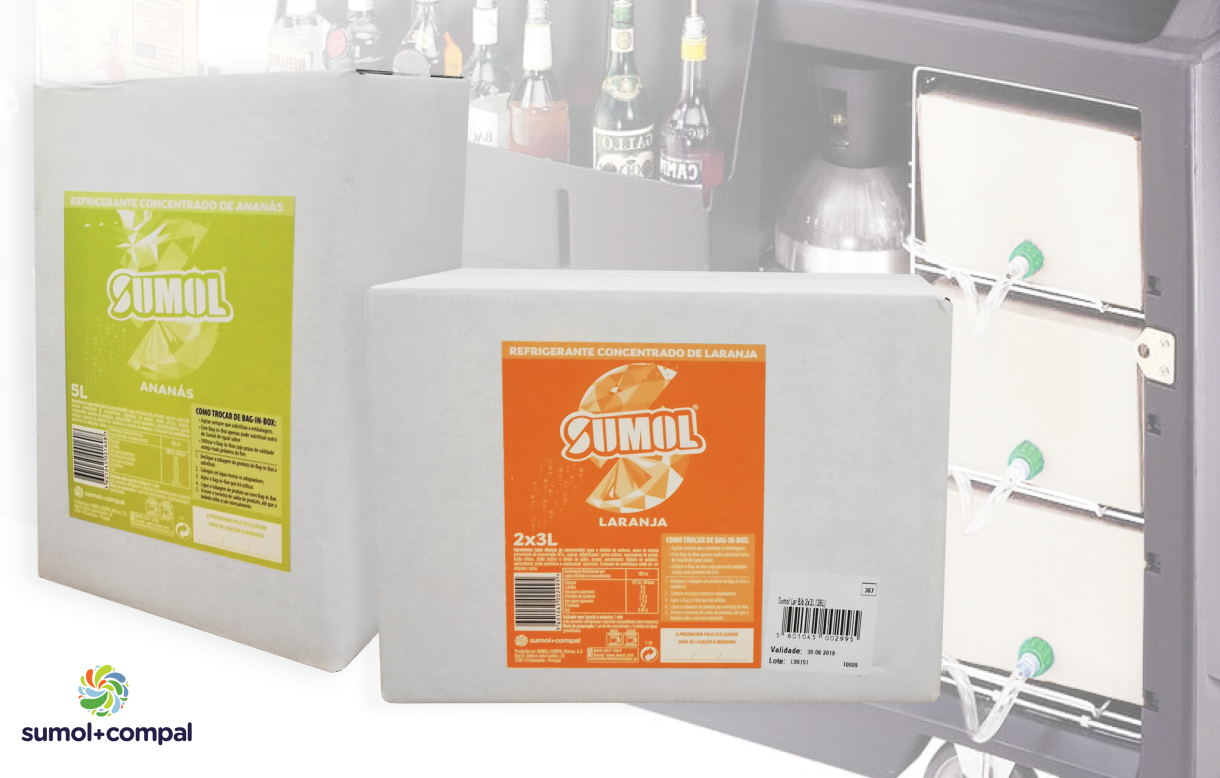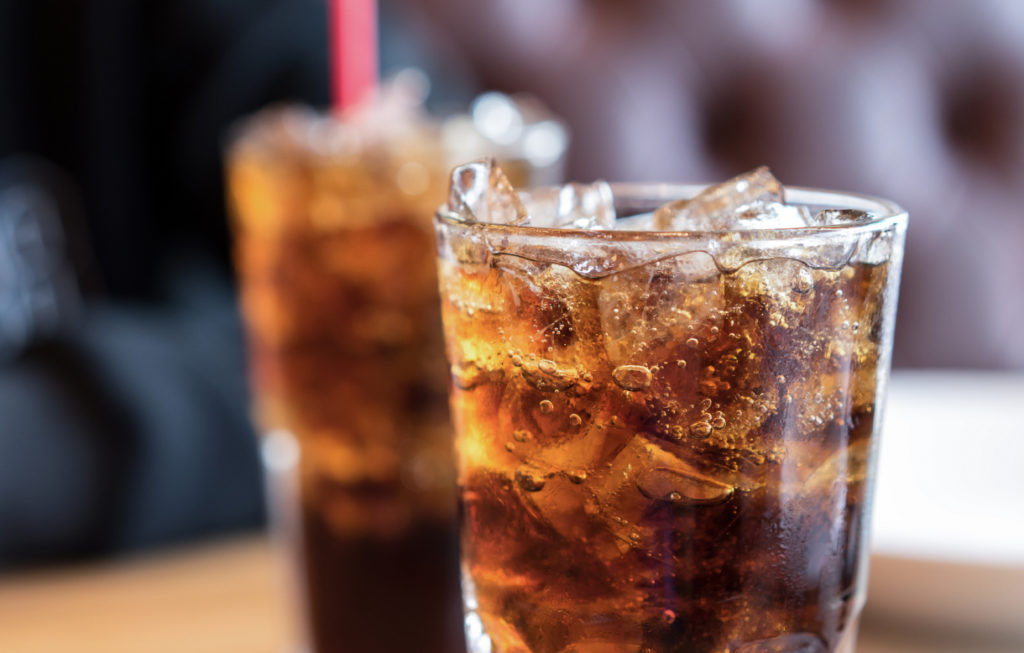SUMOL+COMPAL: Bag-in-box packaging is key for foodservice players that are limited in space

Bag-in-box is the most popular packaging format for post-mix beverages that is known for keeping contents fresher for longer and for providing savings in storage and transportation. Liquibox, a leading producer of Bag-in-box, interviews Jose Paulo Machado, Company Advisor to the Board of Directors at SUMOL+COMPAL, on their experience.
How has food service beverage packaging evolved in Portugal?
Our company follows the trends of the markets in which we operate, and we continuously adapt our range of products, flavors and packaging accordingly. For a long period, there was only returnable glass packaging in the Portuguese beverages market. We were the first to launch post-mix beverages in kegs and the first ones to launch the bag-in-box format more than 20 years ago. Most recently, we see a strong migration to the latter packaging format.
Which packaging does SUMOL+COMPAL use for the food service channel today?
Bag-in-box packaging is our key format both for our own soft drinks brands B! and Sumol and for major brands that we produce and/or distribute such as Pepsi, Seven UP and Lipton Iced Tea. We use 3, 5, 10 and 20L sizes for concentrated beverages and for post-mix dispensing machines.
Which results did this format bring so far to SUMOL+COMPAL?
The launch of the bag-in-box helped us to bring innovation to the Portuguese soft drinks market and to meet the needs of our Foodservice customers. It has been directly recognized as the best option for small stores with no space available for large stocks of bottles and cans.
“Bars, street kiosks and shopping center restaurants with high foot traffic find the bag-in-box format very practical as it uses less packaging per liter compared to any other format.”
— Jose Paulo Machado, SUMOL+COMPAL
Additionally, the format provides significant savings in logistics costs, as due to its square shape it requires less storage and transport space when full and it can be folded when empty.
Do you have any advice for food service players that consider using the bag-in-box format?
As any other change, the switch to bag-in-box packaging brings some complexity that needs to be evaluated before making the move. The use of bag-in-box implies the installation of dispensing equipment at the points of sale, which obviously implies an investment. In addition, there is a need for a qualified technician that will assemble, clean and maintain the machines and ensure that the final products comply with our brand’s high standards. Keep in mind that the taste and quality of the final beverage can vary depending on the customer’s expertise and equipment maintenance.
What are your impressions about SUMOL+COMPAL’s partnership with Liquibox?
Liquibox (previously Rapak, part of DS Smith) has been our main supplier of bag-in-box since the very beginning. It is a good partner with high-quality standards, and we are looking forward to future innovations that the company can bring to bag-in-box.
Related pages
Let’s
connect
From greater sustainability to higher performance, we’re here to deliver what your business needs most.
"*" indicates required fields

